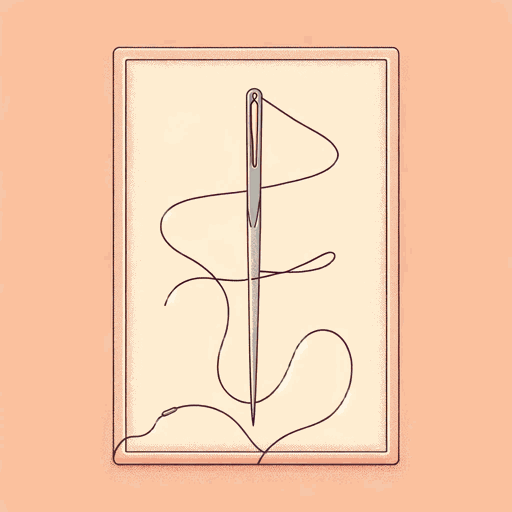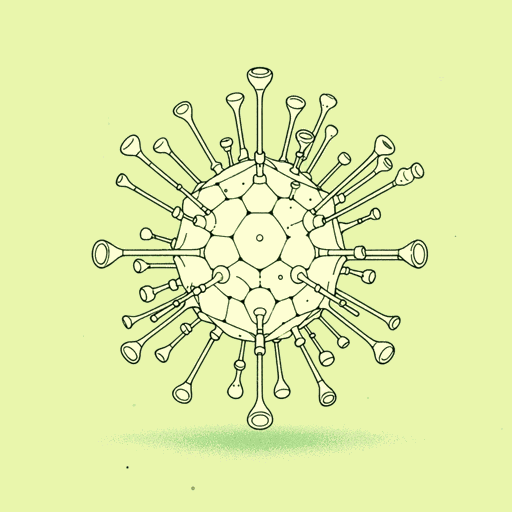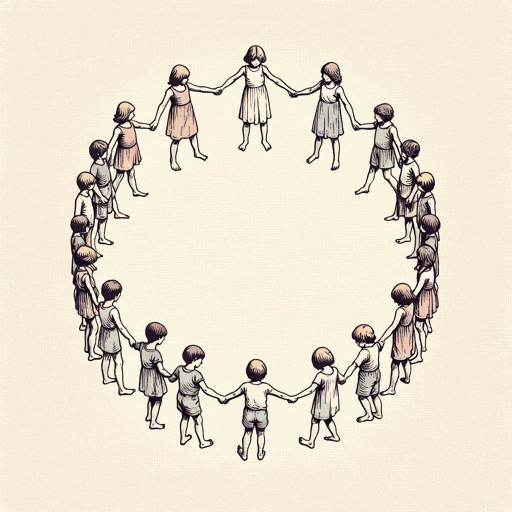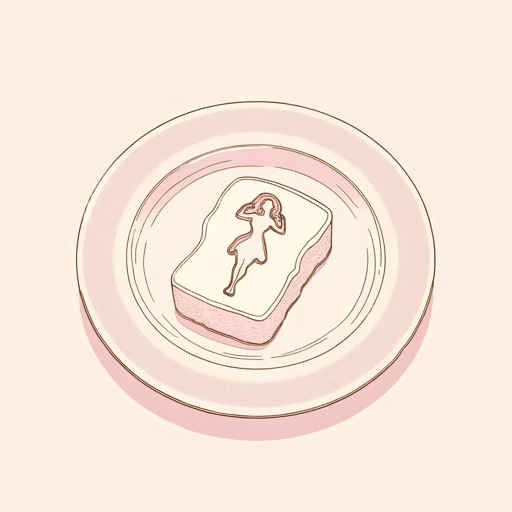49 pages • 1 hour read
Margaret AtwoodThe Heart Goes Last
Fiction | Novel | Adult | Published in 2015A modern alternative to SparkNotes and CliffsNotes, SuperSummary offers high-quality Study Guides with detailed chapter summaries and analysis of major themes, characters, and more.
Themes
The Illusion of Free Will
Midway through the novel, Jocelyn asks Stan: “do you believe in free will?” (268). Her concerns are related to developments in the Positron Project that she is morally and ethically uncomfortable with—namely, that they are using a neurosurgical procedure to effectively force people to fall uncontrollably (in the literal sense of the word) in love. This obvious breach of human rights, consent, and the right to self-determination tips the scales for Jocelyn and makes her willing to bring down a project she played a significant role in creating. While the procedure is the most obvious violation of individual free will, throughout the text Margaret Atwood explores other ways in which the notion of free will might be more illusory than people like to admit. These violations occur on both a macro level (e.g., the large, structural forces that determine the context in which individuals make decisions) and micro level (e.g., the chemical and hormonal factors that often feel out of an individual’s control).
Related Titles
By Margaret Atwood

Alias Grace
Margaret Atwood

Backdrop Addresses Cowboy
Margaret Atwood

Cat's Eye
Margaret Atwood

Death By Landscape
Margaret Atwood

Hag-Seed: William Shakespeare's The Tempest Retold
Margaret Atwood

Happy Endings
Margaret Atwood

Helen of Troy Does Countertop Dancing
Margaret Atwood

Lady Oracle
Margaret Atwood

Life Before Man
Margaret Atwood

MaddAddam
Margaret Atwood

Oryx and Crake
Margaret Atwood

Rape Fantasies
Margaret Atwood

Siren Song
Margaret Atwood

Stone Mattress
Margaret Atwood

Surfacing
Margaret Atwood

The Blind Assassin
Margaret Atwood

The Circle Game
Margaret Atwood

The Edible Woman
Margaret Atwood

The Handmaid's Tale
Margaret Atwood

The Landlady
Margaret Atwood
Featured Collections
Canadian Literature
View Collection
Challenging Authority
View Collection
Class
View Collection
Class
View Collection
Fate
View Collection
Marriage
View Collection
Power
View Collection
Science Fiction & Dystopian Fiction
View Collection
SuperSummary Staff Picks
View Collection
Valentine's Day Reads: The Theme of Love
View Collection

